Short Answer — A 1950 $10 bill may be worth as little as its face value ($10) or as high as several hundred dollars depending on its condition, serial number, and unique or rare printing features. For more information about how to find the value of a 1950 $10 bill, see below.
How Much Is a 1950 $10 Bill Worth?
Most 1950 $10 bills are not high in value. Age alone doesn’t make bills worth more money on the collectible currency market. The bill may be worth as little as its face value of $10.[1]
The bill may not even be quite as old as you think; unlike coins, which are identified by the year they’re minted, bills are identified by the year that the design was adopted.
A letter (series 1950A, 1950B, etc.) is added for every minor change to that same design.[2]
However, collectors are willing to pay considerable sums for bills with unique traits like unusual misprints or unique serial numbers.
A bill’s value depends on several factors: its condition, serial number, whether it includes a star note, and whether it includes any notable misprints.[3]
We detail these factors below to help you determine the worth of your 1950 $10 bill.
Condition
The better the condition of a bill, the more money it’ll be worth.
Grading systems may vary somewhat depending on the appraiser, but usually consider whether the bill has any wear, folds marks, tears, water damage, or damaged corners.
“Crisp uncirculated” currency is of the highest value, featuring no fold marks or wears, a crisp and deeply colored surface, and sharp corners. [4]
An uncirculated 1950 $10 bill with no other significant features will usually sell for around $35.[5] Bills in lesser condition will fetch smaller prices.
Serial Numbers and Star Notes
The serial number is a collection of numbers and letters appearing on the bill to denote each bill’s unique identity and the series year.
Some bills also include a “star note,” a suffix added to the serial number when a bill is replaced due to damage during production.[2]
The most valuable star notes are those older than the year 1935, so having a 1950 $10 bill with a star note is not enough to make it worth more than face value.[6]
Other irregularities in the serial number can make a 1950 $10 bill more valuable, however. The most popular serial oddities include:[7][8]
- Solid serial numbers: Made up of only one number, e.g., 33333333
- Low serial numbers: Made up of two or less digits, e.g., 00000003
- Trailing zeros: A number followed by zeros, e.g., 30000000
- Ladders: A sequence of numbers, e.g., 12345678
- Radar serial numbers: Read the same forward or backward, e.g., 34444443
- Flippers: Read the same upside down, e.g., 86688998
- Repeaters: Made up of a number that repeats, e.g., 31403140
- Binary: Made up of only “0” and “1,” e.g., 10010011
- Standalones: Made up of a number surrounded by zeros, e.g., 00030000
It’s difficult to name an exact value for each of these “fancy” serial number types since your valuation will depend on the other factors discussed here.
Still, if you have a bill in good to excellent condition, these features can increase its value even further. Many bills of these types in good condition sell for $50 to $100 or more.[9]
Valuable Misprints
Misprinting refers to any errors that occurred during the printing process.
It’s important to note that no misprint is unique. Often, when one mistake is made, many more notes are printed the same way before the problem is detected. The value is often based on the rarity of the misprint.
Some examples of misprints include seals and serial numbers appearing in the wrong spot, missing elements, mismatched serial numbers, inverted signatures, and ink smears — each having its own unique value.[10]
You might have noticed something missing on a 1950 $10 bill when compared to current bills: it doesn’t include the motto “In God We Trust.” This isn’t a misprint — the words weren’t added to the $10 bill’s design until 1964.[11]
Upside down flags printed on the bill’s back are also not considered a misprint and add no value to the bill.[12]
Where to Buy/Sell
Since the value of a 1950 $10 bill varies so widely, your best bet when buying or selling is to consult an expert on currency collection, such as Manifest Auctions or American Rarities.
The eBay Coins & Paper Money marketplace can also be a good place to buy and sell, connecting collectors and sellers worldwide.
 William Lipovsky
William Lipovsky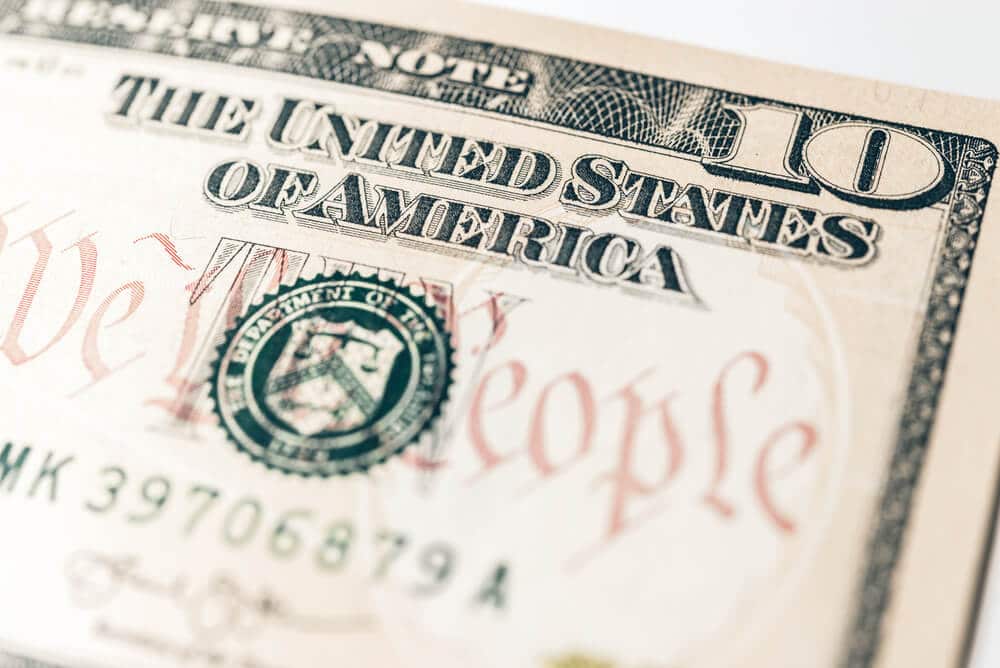

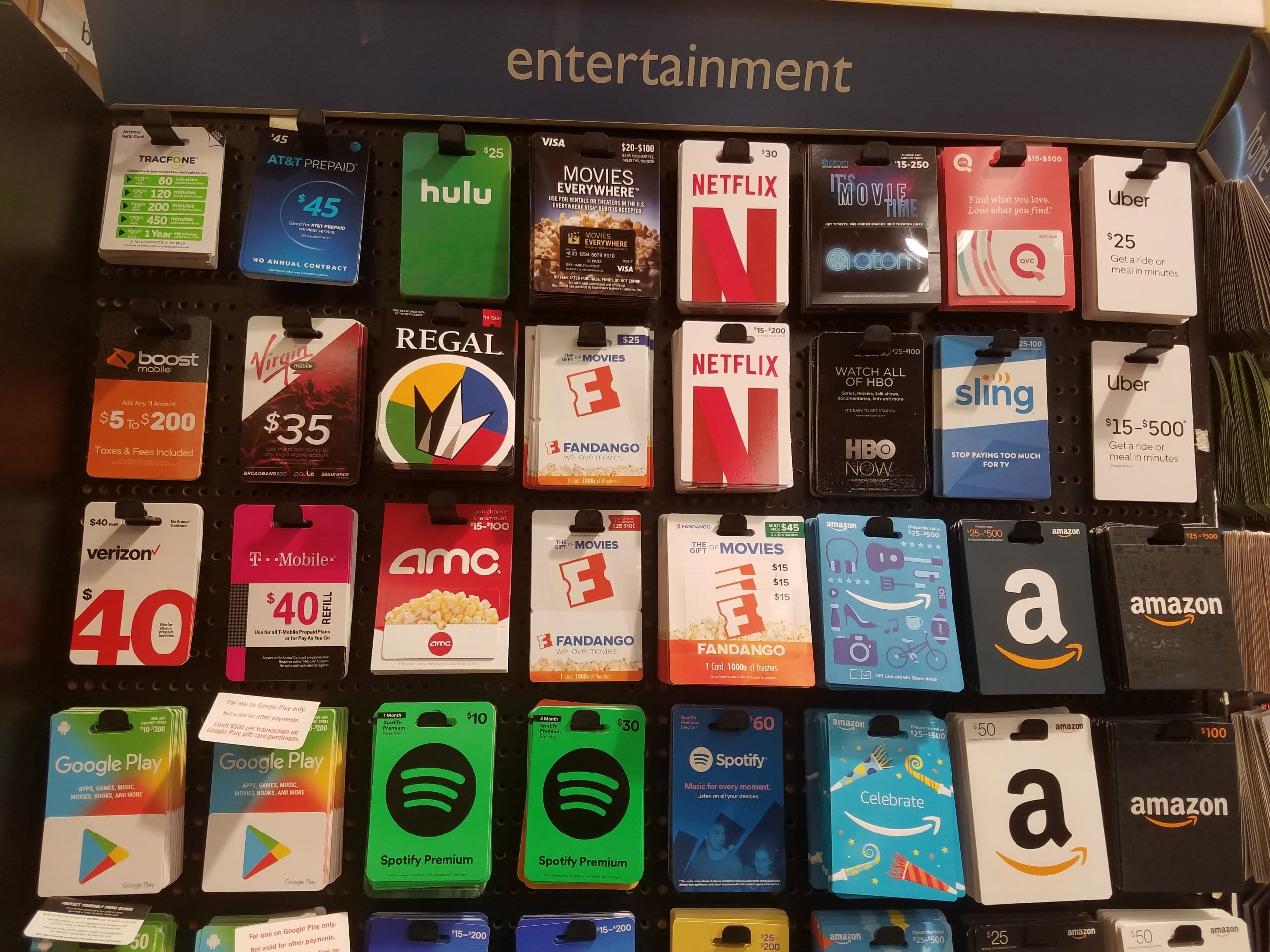


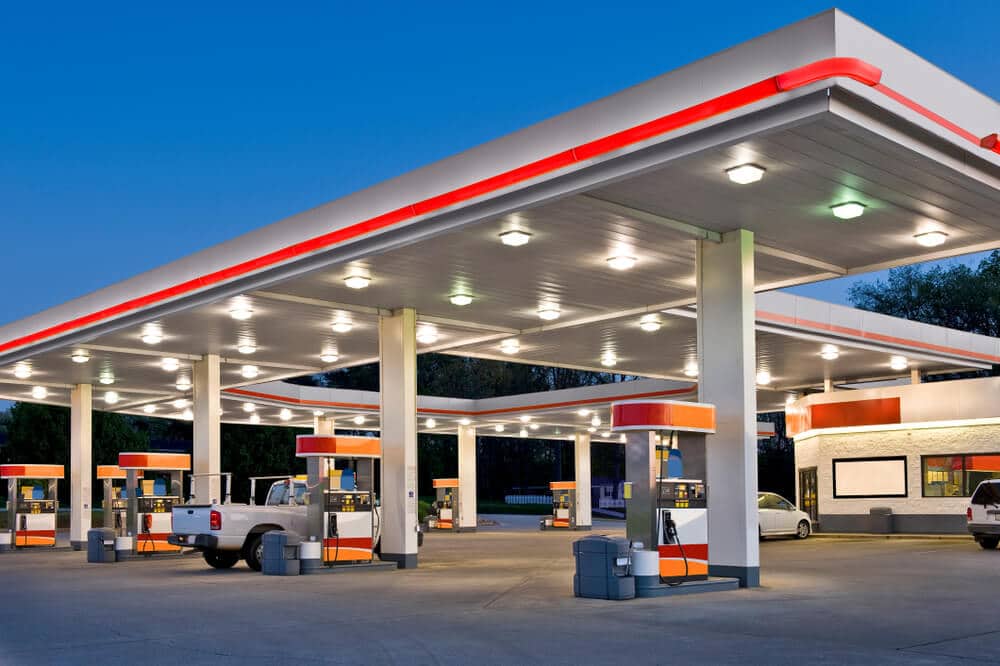
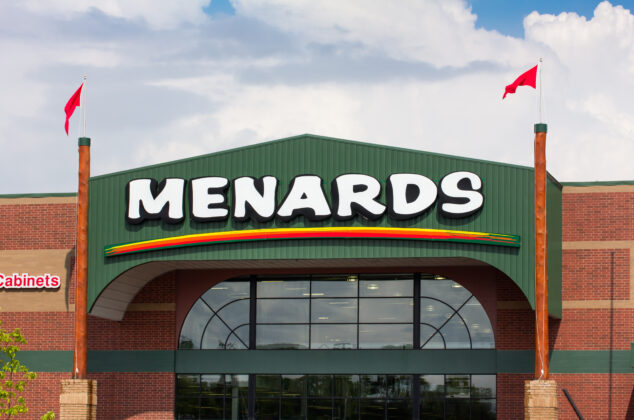
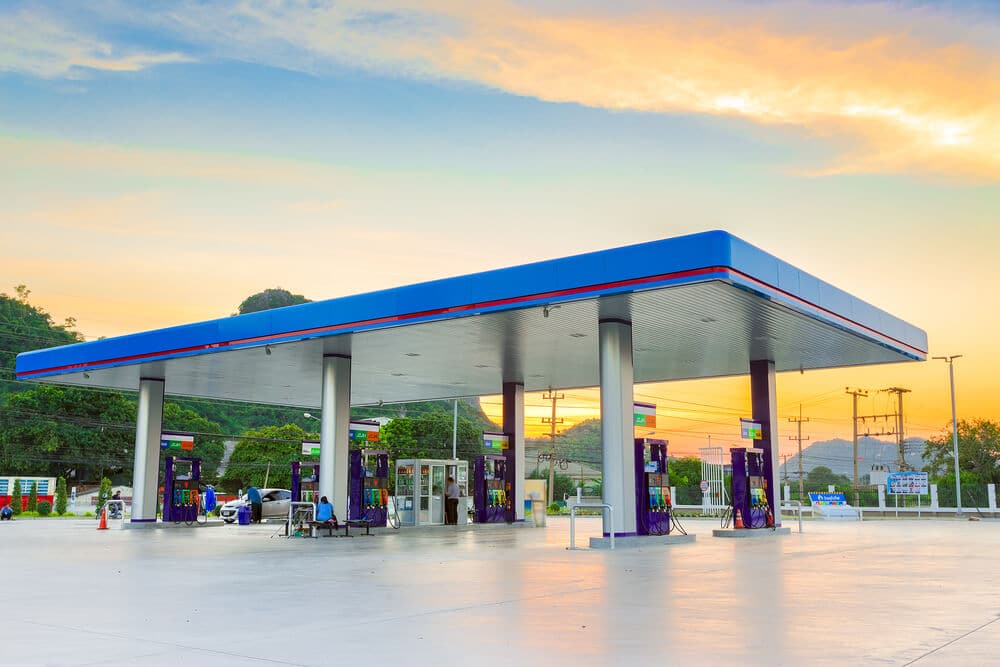
I have a $10 Bill 1950 B37506337C decent condition crease in the middle Thanks for your time.
Hi Debbie,
That serial number doesn’t contain any oddity or rarity a collector might be looking for, and since it’s its not in mint condition, it won’t be worth any more than face value.
Hello I have 1950s 10 dollar bill with four 2s on its face and a serial # B53331887 J is this worth anything ?
Hi Mitchell,
Unfortunately, your bill’s serial number has no unique characteristics that would add value to it.
I have a 1950 series b $10 bill and the word TEN is offset to the right of the seal on the front and to the left of the portrait. Is this unusual and does it make the bill any more valuable?
Hi Rick!
Lot’s of misprints like this are actually common, because they printed a whole batch with the same misprint. So, if it’s not in mint condition, the bill won’t be worth any more than face value unless you’ve come across an uncommon misprint. If your bill has the TEN to the right of the seal because the seal was misprinted too far to the left, that might be something worth asking a collector about.
Hello, I have two 1950 $10 bills. One with serial number G33332355D and one with F63653696C. Are either of them rare/valuable? Thank you.
Hi Kijo,
They’re probably not worth more than face value unless they’re in mint condition. G33332355D is almost a series, but typically collectors will look for entirely the same digit (e.g., G33333333D) or a visible pattern. They other also doesn’t have any particular pattern collector’s typically look for.
G22262328
Hi Xavier,
Unfortunately, your bill doesn’t appear to have any serial oddities that would add value to it.
I possess a 1950c, 10 dollar reserve note.
Serial # B55152552 I
Five 5’s, two 2’s and one 1!
But!! Treasurer: Elizabeth Rudel Smith.
Secretary: C Douglas Dillon.
Should I frame it or burn it!?
Hi John, while that serial number isn’t one of the things collectors generally look for and probably doesn’t increase the value, you’re right that it presents a unique little pattern. If you inquire with specific collectors, you might be able to find one who is interested. Unfortunately, specific treasurers or secretaries usually don’t increase the value. As for framing or burning, I’d probably just keep it in my wallet. 🙂
I have a $10 bill that just has “Series 1950”, all my others have a letter… Nothing special that I can see with the serial number B83361668B. Is it worth anything more?
Hi Angie,
Unfortunately, it doesn’t appear that the serial number has any unique identifiers that would add to its value. Wish I could bring you better news!
I have a 1950 series c $10 bill with the serial number k 04050111* is it worth any more than face value?
Hi Sara,
While it doesn’t appear that your bill’s serial number has any unique identifiers that would add to its value, always keep in mind that those in mint condition often sell for twice their face value. Good luck!
I have a 1950 D series $10 bill with serial #G24915456* it also has a very noticeable misalignment on the back of the bill and if you look at the back of the bill you can see that the front shows thru on the top, bottom, and one end is it worth more than face value
Hi Michael,
While the serial number on your bill doesn’t have any serial irregularities that would add to its value, if the alignment is severe, a collector may be interested in your bill, providing it is mint condition. Good luck!
I have a 1950 $10 bill series A, Serial G13213437C
Hi Travante,
It doesn’t look like your bill has any serial oddities that would add to its value. However, keep in mind that if your bill is in mint condition, it may be worth about twice its face value. Good luck!
I have a 1950e $10 bill that is misaligned with B38528901K in the lower right corner there’s A 512, also there’s 2 at each corner, unfortunately it’s not in mint condition, could it still be worth more than face value?
Hi Maryann,
Unfortunately, your bill doesn’t have any serial oddities that would add to its value. Because it is not in mint condition, it won’t be worth more than face value.
I have 1950 10$ bill serie c,,,k93033155 the bill have #11 in the four corner and H in two corner
Hi, Mario, it looks like the serial number alone won’t raise the value of your bill. The 11 is the district number for Dallas, Texas. All bills should have these numbers. So, your note isn’t worth more than face value unless it’s in mint condition.
I have a $10 bill from 1950 series E and serial number B48060675K. I would like to know if it is worth anything more than its face value. Help will be appreciated.
Hi Juan,
It doesn’t look like your bill has any serial irregularities that would add to its value. However, you have a Series E bill, which may be worth as much as $35 if it’s in mint condition. Good luck!
Hi i have a 1950 series c, $10bill. Serial number is D33892479C. I am not sure but believe it is a greenback as well not sure if they all were but any help would be appreciated
Hi Josh, it looks like the serial number and series alone aren’t enough to make your bill worth more than face value. Unless your bill is in mint condition, it’s probably only worth $10. I’m sure what you meant by greenback. As I understand, greenbacks were a note printed during the civil war, and 1950 $10 bills aren’t greenbacks. But, if you were referring to something else by greenback let us know and we will do our best to help you out!
Hi Josh,
It doesn’t appear that your bill has any serial irregularities that would add to its value. But keep in mind that if your bill is in mint condition, you may be able to fetch as much as twice its face value from a collector. Good luck!
Thanks for the help plus on the back of the bill in bottom right corner is it normal for it to have a four digit number mine says 1752 on the back and c469 on the front
Hi Josh,
The back number is the serial number of the plate used to make the bill. While I am not sure of the front number, I think you are referring to the note number position.
I have 2 bills from 1950 series D
Serial numbers
– A10327002D
– A10307505D
My $10 bill Series 1950e – L36782478D – Washington DC 12 has an upside down flag – average condition. What is it worth?
Hi there!
Your bill doesn’t appear to have serial oddities that would add to its value. However, because it is a Series E (more rare than other series), if your bill is in mint condition, you could get as much as $35 from a collector for it. Good luck!
1950 $10 bill G99996422A
Hi Lee,
Unfortunately, your bill’s serial number doesn’t have any unique identifiers that would add value to it. However, always keep in mind that any 1950 $10 bill in mint condition with often sell for about twice its face value. Good luck!
Stacy mathis
I have a 1950 series E 1950 Henry Fowler $10 star note with a serial g32555336* i dont know about any of the other charactics
Hi Stacy,
It doesn’t look like your bill’s serial number has any unique identifiers that would add to its value. However, because it’s a series E (which is rarer than other series), if your bill is in mint condition, you can often sell it for about $35. Good luck!
Thanks
I have several star marked bills in different denominations are they worth any more than a regular bill I have been told that they can be worth more than face value just because they are star marked most are current production no older than the 1990s where can I find any information on this thanks
Hi Stacy,
Star bills can be quite valuable, provided they are earlier than 1950.
1950 $10 bill G62862296D series A is it worth anything?
Hi James,
Unfortunately, your bill doesn’t have serial oddities that would add to its value. However, always keep in mind that a 1950 $10 bill in mint condition is still worth about twice its face value to collectors. Good luck!
1950 10$ bill A00000939D
Hi Tim,
It looks like your bill’s serial number might count as a repeater. Repeats alone usually don’t increase the value of the currency, but in your case, because there are five numbers repeated, e.g., five zeros, you might be able to find an interested collector. It’s probably worth contacting some collectors or posting the bill somewhere to see if you can get more than face value. Generally though, repeaters are only worth more than face value if they are part of a collection and/or if the bill is in mint condition.
Good luck!
Hello i have a 1950 10 dollar bill series a the number its b60226781d it has four number 2 all around and the it has a misprint on one corner its blank on the back side erasing the 10 dollar is it worth anything? ?
Hi Ismael,
The serial number alone doesn’t have any unique series that would raise the value. The number 2 means that the bill was printed in New York, and that alone also doesn’t raise the value of the bill. Misprints can increase the value of the bill, depending on how common that specific misprint is, which can give more specific appraisals. Many misprints are common, and alone won’t raise the value of the bill, especially if the bill is not in mint condition.
Best of luck!